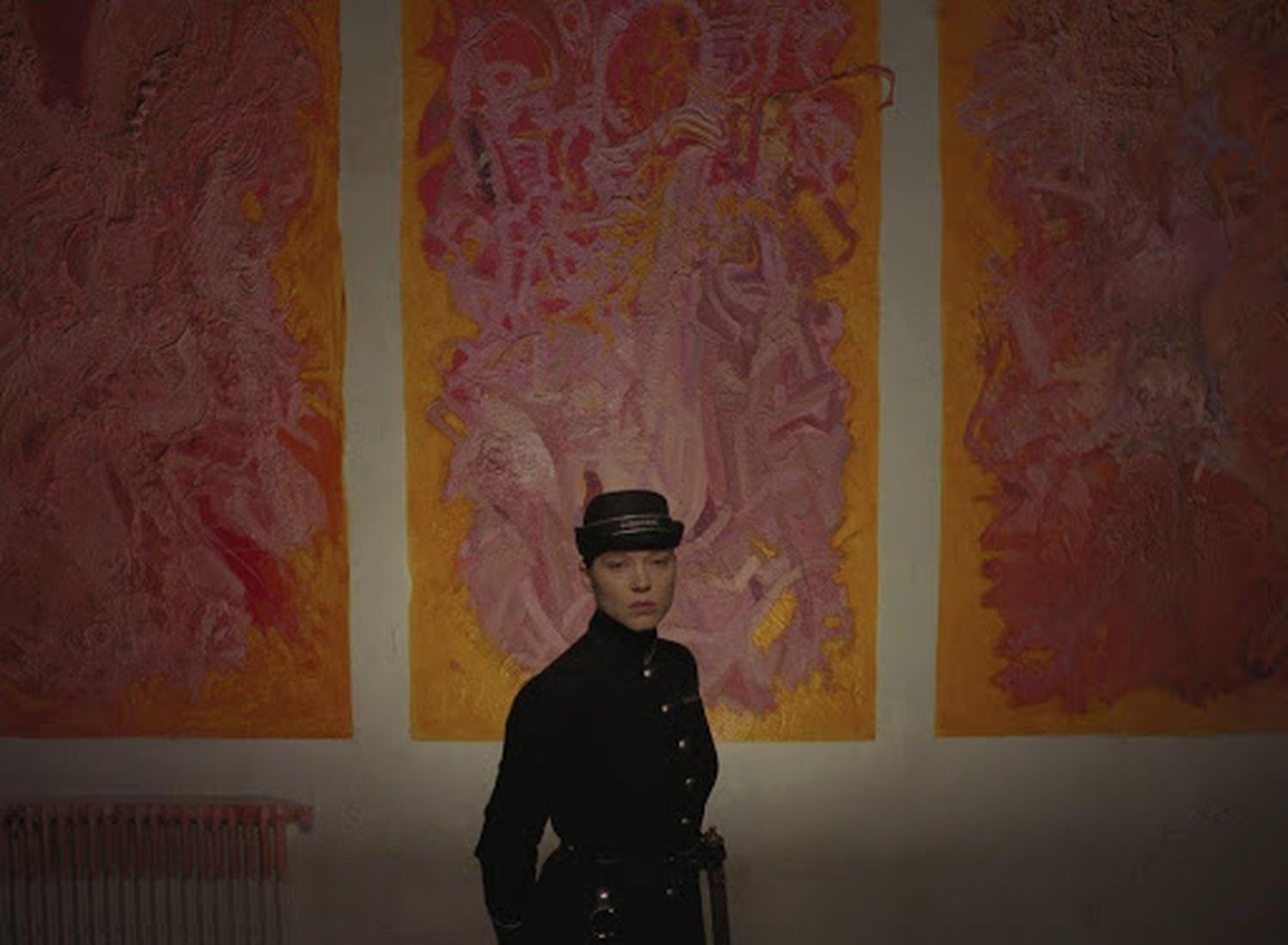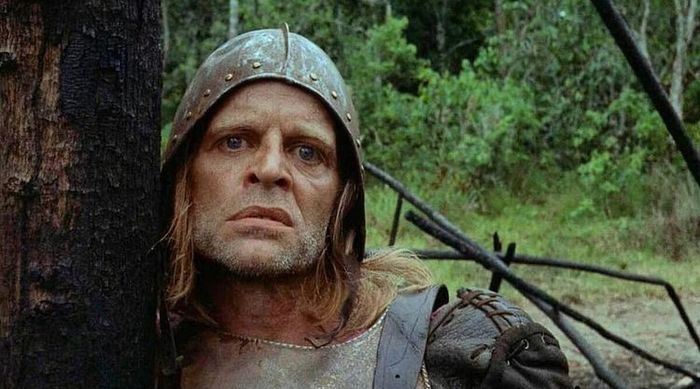Laura Lenkiewicz
Wes Anderson’s new film is a visual feast carefully crafted for the needs of the contemporary spectator: it has a fast-paced fragmentary narrative and never treats itself too seriously.
I like to compare Wes Anderson’s films to Russian Matryoshka dolls: each story depicted in the film contains in itself a few other miniature stories. Their screenplays constantly introduce new threads to the plot, through which they create a complex cinematic universe populated by multiple characters, each a little more eccentric than the previous one. The French Dispatch, Anderson’s tenth feature, has the most matryoshka-like structure of all his works. It is composed of a few scattered (short) stories tied together by the institution of the eponymous The French Dispatch, a magazine inspired by The New Yorker.
The French Dispatch could be seen as the main protagonist of the film and actually the only one that appears consistently throughout the entirety of the movie. It provides a frame for the stories appearing in Anderson’s new work, as each of the film’s chapters is a visual representation of an article from a different section of the magazine and features its authors. That is why the audience gets a diverse bundle of stories: a story of a genius painter Moses Rosenthaler (Benicio del Toro), of a young student engaged in the ’68 protests in Paris (Timothée Chalamet), an obituary, and even a story from the cooking section (!) of the magazine that quickly turns into an insane crime anecdote full of plot twists and outrageous events. The film is a certain farewell to The French Dispatch’s past, as the magazine is to stop being published after its editor-in-chief dies and announces in his will the dissolution of the paper.
“By recognising the limits of the cinematic form, of the artificiality of the world he creates, the director overcomes the form and, in a way, exceeds it”
Interestingly, Anderson’s feature looks back not only on the fictional magazine’s history but also on the wider history of journalism. It is a reflection on the death of a certain type of newspaper writing that seems to be lost in the world of today in which journalists are under immense pressure to produce as much content as possible and as quickly as possible, writers have much less time for thorough research, and most readers’ attention is too short to wade through a ten-page article. Anderson recognises this shift in the consumption of written content by the modern viewer, and that is why he decides to use the written word in the form of the moving image. Thus, his tenth feature matches the attention of the modern consumers of culture who lack the patience to read a long piece of journalistic writing and sometimes choose to absorb similar content in the more accessible form of a YouTube video or a podcast.
The cinematic universe of The French Dispatch does not pretend to be too rooted in reality as we know it from everyday life. It is fully aware of its artificiality and its ‘soap-operaness.’ It never treats itself too seriously and is full of intelligent winks at the viewer. Its shots are perfectly framed, meticulously composed, and full of theatricality tableaux vivants. It contains a mixture of different cinematic forms, such as animated sequences, music clips, or slapstick comedy. To me, the key to Anderson’s genius lies precisely in the awareness of the artificiality of the cinematic form he employs. Even though the viewers are fully conscious of the fact that what they are seeing on the screen has been carefully constructed, Anderson still manages to immerse them in his film universe. By recognising the limits of the cinematic form, of the artificiality of the world he creates, the director overcomes the form and, in a way, exceeds it.
The French Dispatch is a film created for multiple viewings. New characters are constantly appearing on the screen, new layers are being added to the storyline every minute. Everything happens so fast that it is impossible for the viewer’s brain to register every element of the plotline only during one screening. It is an extremely colourful visual feast filled with Anderson’s Francophilia and his love for French cinema: Jacques Tati’s visual comedy and the whole body of work of the French New Wave. It is also an ode to art in general. After all, art is conceptualised as having a redemptive power in the film. Moses Rosenthaler finds comfort from his mental health problems in painting while The French Dispatch journalists Lucinda Krementz (Francis McDormand) and Roebuck Wright (Jeffrey Wright) are saved from profound loneliness only through their writing.
Daniel Fry
Sitting in the theatre captivated by the mesmerising French Dispatch it was impossible to fight the feeling that I was witnessing the final product of Wes Anderson’s years of cinematic experimentation. Since his directorial debut in 1996 Anderson has hooked audiences on his exquisite cinematography and peculiar yet heart-warming storytelling. This signature style was not developed overnight, and its progression can be traced through his incredible filmography as the director has grown in confidence and ambition. Now, in Anderson’s tenth instalment, the prevailing themes of his works – both narrative and technical – have culminated into one perfected piece of moving image art.
Anderson’s usual chaptered structure is not only present but evolved to its full potential as a cinematic device. We are provided with an episodic arrangement which mimics the newspaper articles and so results in the feeling of personally flipping through the final edition of the whimsical French Dispatch journal. A base is thus generated from which the director builds his fundamental message. This is not a movie to be passively viewed but a film that can be actively engaged with as if it were a piece of art being held in our hands.
“To watch The French Dispatch is to witness a director achieve the artistic vision they have been pursuing since the beginning of their career”
The many narratives of this film allow Anderson to explore all those specific dynamics of love and family that inspire his filmmaking. Love is portrayed as complicated as ever with incarcerated Moses Rosenthaler yearning after his guard Simone, meanwhile student Zeffirelli experiences conflicting feelings for older journalist Lucinda Krementz and fellow revolutionary Juliette. While these convoluted, and at times torturous, relationships have been the focus of previous Anderson works, such as Hotel Chevalier, the director takes their meanings even further this time. We are shown that from intense love stories comes great passion which can be used to fuel revolution, whether that be in artwork or politics.
The director’s fascination with the unique intricacies of familial relations means they could never be missing from his work. The family unit is embodied by the team of journalists with editor Arthur Howitzer Jr. as a parental figure reminiscent of Royal Tenenbaum or Steve Zissou. Howitzer scolds his writers throughout, but his gentle presence on screen when reading their articles perfectly illustrates Anderson’s trope of the contentious but ultimately loving father.
Narrative takes a backseat to cinematography as there is a prevailing feeling that the visuals are meant to be the real star of the show. The first segment entitled “The Cycling Reporter” focuses purely on mise-en-scene as Anderson guiltlessly indulges in the beautiful and scrupulous cinematography that he does best. The precise positioning of every actor, extra, and prop against the charmingly quaint backdrop of the town of Ennui reveals to the audience that this is not a blockbuster movie, but a true viewing experience. We are shown how to absorb the beauty and curiosities of the everyday world and to appreciate the cinema experience as well as the content of a film. A complimentary colour scheme is paramount to every Wes film, yet there is a deviation in The French Dispatch as many scenes are portrayed in black and white. While this depicts a nostalgia for printed journalism it also allows for the moments of colour, such as Saoirse Ronan’s brilliant blue eyes, to act as more emphatic visual encounters for the audience. Anderson’s respect for the art of animation, which he has most recently worked with in Isle of Dogs, is used in a similar fashion when it is suddenly introduced to depict the kidnapping and car chase of the third story. These moments of colour and animation install a sense of alertness in the audience. It feels as though Anderson is keeping us from slipping into apathetic viewership by consistently sparking our attention through shifts in the cinematography.
And of course, it would not be Wes Anderson without the iconic dry wit that has always provided the comic relief. The droll tone of Margot Tenenbaum or Suzi Bishop echoes in the very quotable assertion from Howitzer, which itself resounds throughout the film – “no crying in my office”.
To watch The French Dispatch is to witness a director achieve the artistic vision they have been pursuing since the beginning of their career. This film is the definition of a passion project as it draws together every stylistic and narrative feature that has distinguished Anderson from his peers for the last 25 years. As a result, a true piece of cinematic art has been created that can be engaged with time and time again. Wes Anderson has gifted us with a rare viewing experience that leaves the imagination stimulated and our eyes aesthetically intoxicated.


